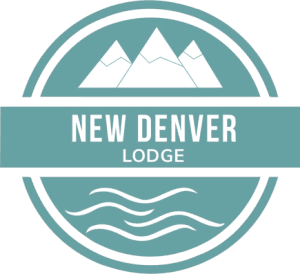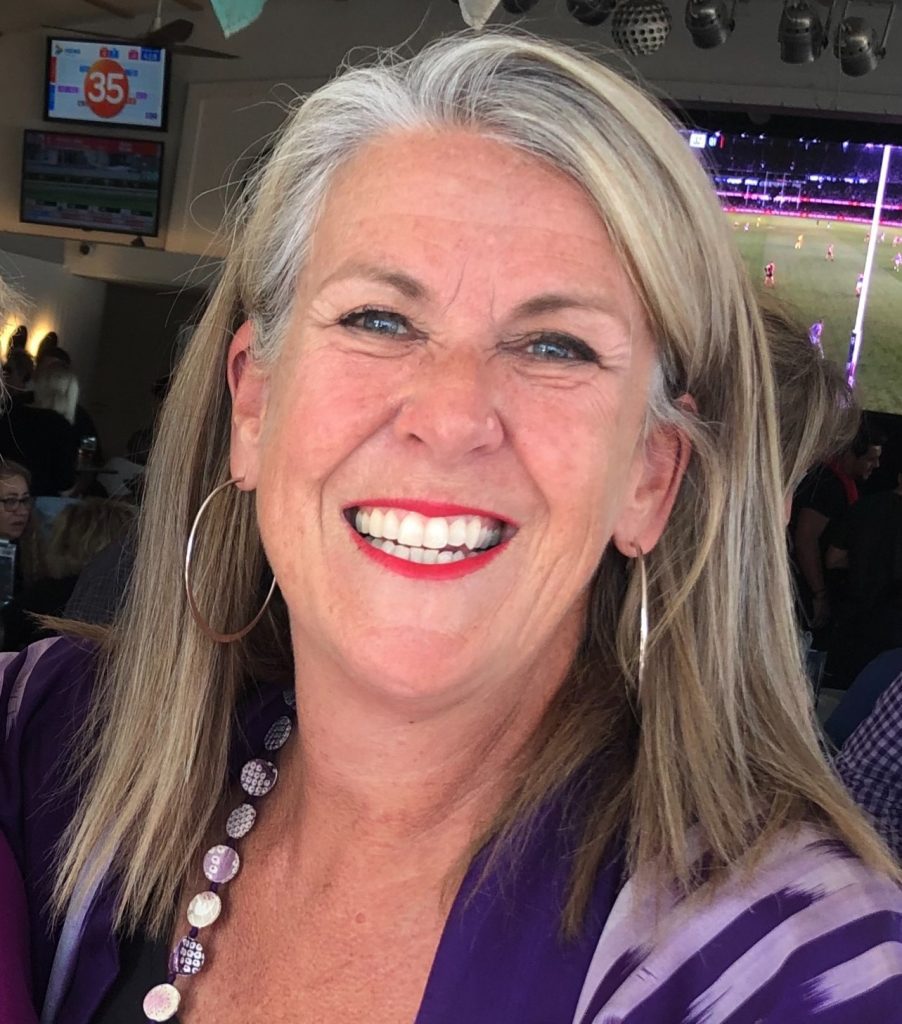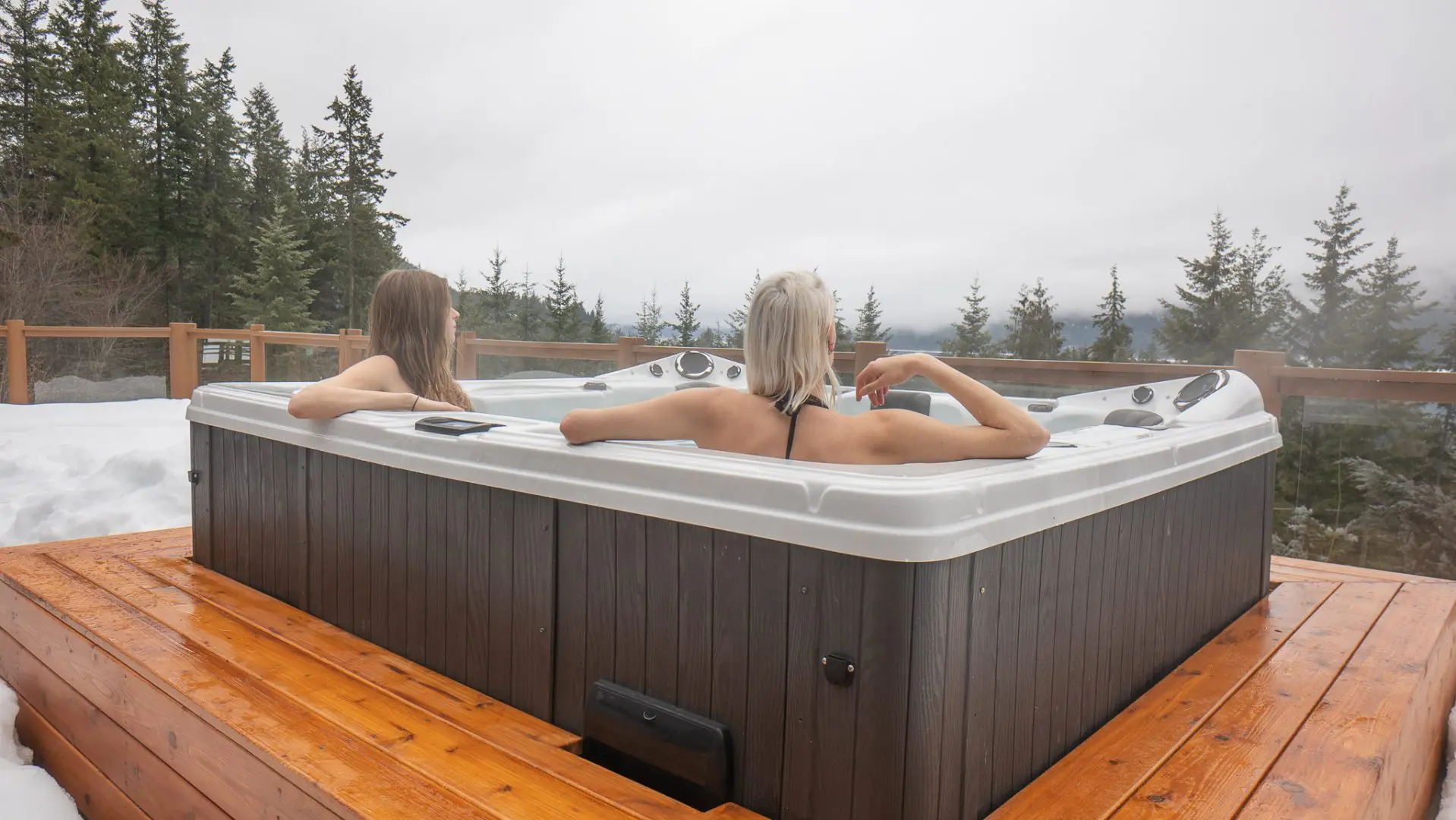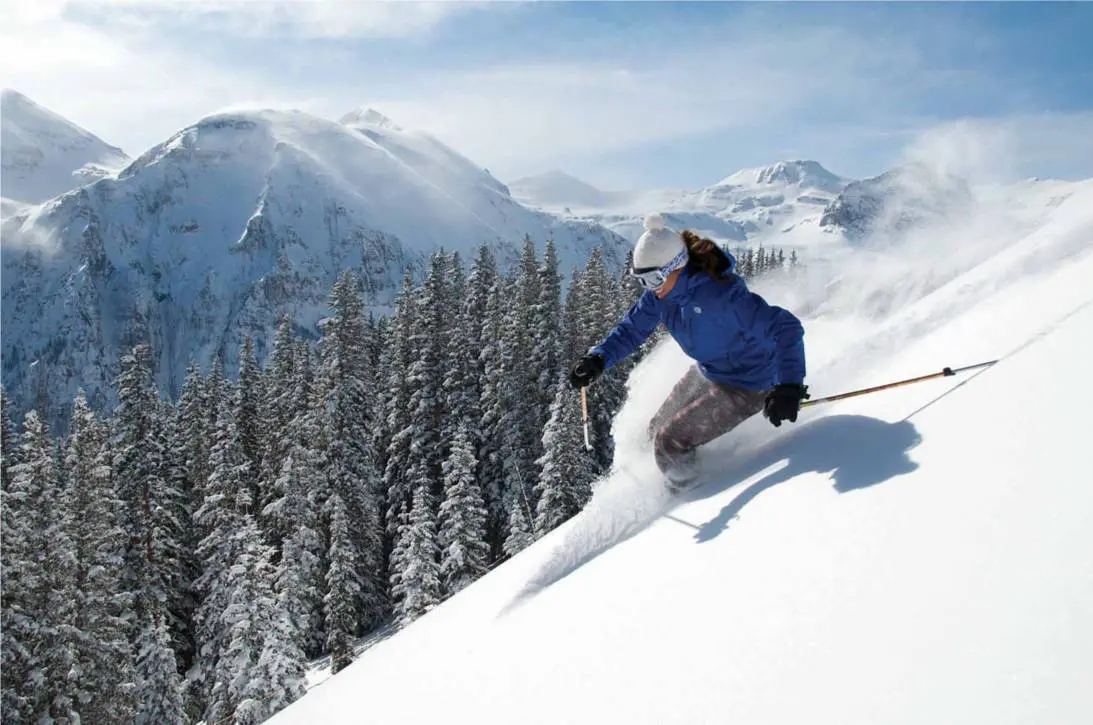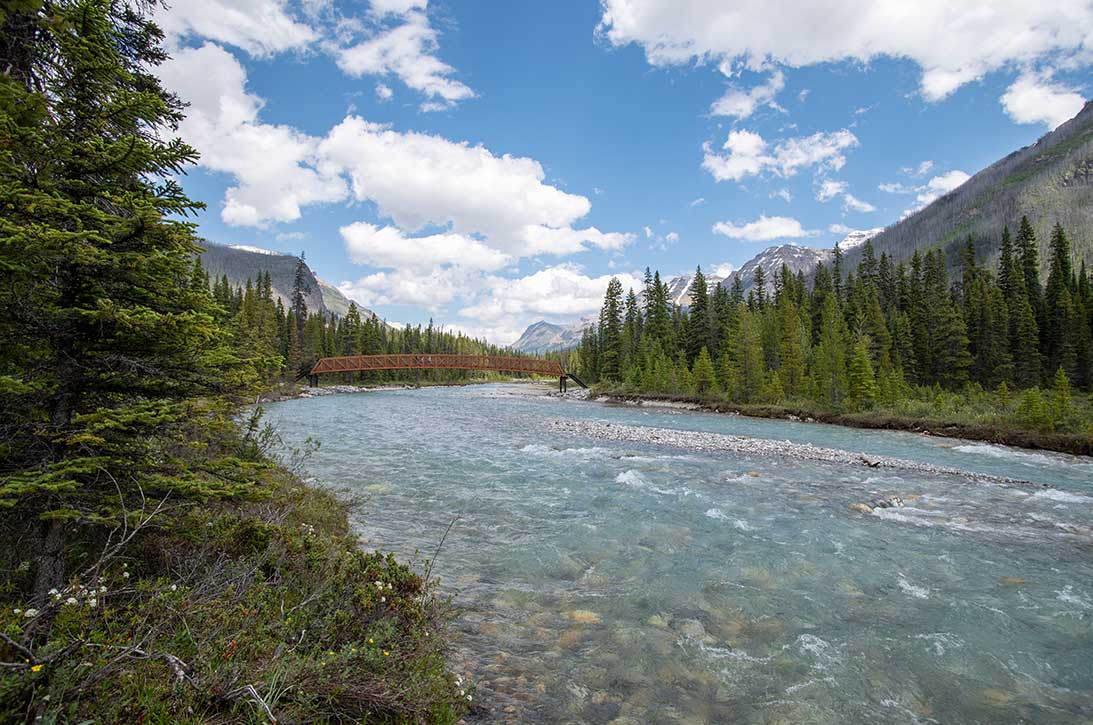Like so many of the most worthwhile attractions in the Kootenay region, the Ainsworth Hot Springs were discovered by First Nations. It’s easy to imagine the Klunaxa First Nations visiting the hot mineral waters (nupika wu’u) after long days of hunting, fishing, and gathering roots and berries. Like today’s visitors, the Ktunaxa First Nations sought Ainsworth’s hot mineral waters for their marvelous healing and rejuvenating powers. Today the property is owned by Yaqan Nukiy, the Lower Kootenay Band of Creston, BC, one of four Canadian bands that make up the Klunaxa Nation. The Ainsworth Hot Springs sit in a vast traditional First Nations area of the Kootenary region and BC covering about 27,000 square miles, and including parts of Alberta, Montana, Washington and Idaho.
Ainsworth Hot Springs and the surrounding properties were purchased by the Lower Kootenay Band in 2015. The fact that Ainsworth Hot Spring has been a place of healing for First Nations since time immemorial adds to the memorable experience for all visitors. For visitors from the New Denver Lodge, the Ainsworth Hot Springs offers a unique experience any time of year in combination with time spent in scenic Crescent Valley. Just 40 miles from New Denver, 15 minutes from Kaslo or Balfour, and 40 minutes from Nelson, the famous Hot Springs and nearby Cody Caves have few matches in BC for touring, outdoor sports and the arts.
The Yaqan Nukiy originally settled along the Kootenay River and at the south end of Kootenay Lake and in what today is Creston Valley. In addition to spectacular mountain vistas, tucked between the Purcell and Selkirk mountain ranges Creston Valley also includes a wetland and wildlife reserve covering 17,000 acres. Criss-crossed by almost 20 miles of walking trails, the area is home to over 300 species of birds, 57 species of mammals, and 29 species of fish, reptiles, and amphibians. With annual average rainfall of just 19 inches and above-freezing mid-winter temperatures, the area and its hot springs is ideal for year-round visits.

Consisting of three pools set into the side of the mountain, each with fantastic views of Kootenay Lake, the Hot Springs have a horseshoe-shaped underground tunnel that allows guests to soak in the midst of stalactites. The water in the Hot Springs originates in the Cody Caves, a network of caves in the Selkirk Mountains 2 miles to the north. The water is naturally heated as it passes through porous rock and then hydraulic pressure forces the water upwards until it emerges at a steamy 47C. The water is then cooled to an average of 42C before it first enters Hot Springs and then to 35C for the main lounging pool. The Cody Caves, a provincial park, offers tours through its incredible underground world with professional guides.
The Yagan Nukiy want guests to soak up the historic and current magic of the Hot Springs and Creston Valley. Scenic Creston Valley really adds a wonderful dimension to the Hot Springs experience. The Creston Valley Wildlife Management Area and its rivers, lakes, and marshes are perfect for canoeing and kayaking. Duck Lake offers excellent Bass fishing. Goat River attracts fly fishing enthusiasts. There’s ice fishing in the area from December through February. Kootenay Lake has Kokanee salmon and rainbow trout.
For cycling enthusiasts, the winding, scenic Highway 3A between Creston and Kootenay Bay is a real treat that can include a ferry ride to Kootenay Bay. Hiking trails in the area vary from short to long and level to steep. Rowing, canoeing, kayaking, and water-skiing can be found just minutes from downtown Creston on the Kootenay River. Backcountry buffs can use some of the countless logging roads and trails for ATVs, backcountry hiking, and camping. Kootenay Pass and take advantage of mind-boggling snow that offers spectacular snowmobiling and ski touring.
Over the years, the natural beauty of Creston Valley has been a magnet for artists and artisans of all kinds. Visual and applied artists, craftspeople, writers, musicians and thespians flocking to Creston have spawned many really special cultural offerings year-round and sponsoring organizations like the Creston Concert Society, the Friends of the Cinema, and the Creston Valley Arts Council. Four relatively new wineries provide a perfect match for these cultural offerings. Baillie-Grohman Estate Winery, the Skimmerhorn Winery, Wynnwood Cellars, and Red Bird Estate Winery make up the valley’s thriving wine scene. It’s hard to imagine a better way to end a day than at one of these wineries after soaking in the Hot Springs or trekking in beautiful Crescent Valley.
Ainsworth Hot Springs and the surrounding properties were purchased by the Lower Kootenay Band in 2015. The fact that Ainsworth Hot Spring has been a place of healing for First Nations since time immemorial adds to the memorable experience for all visitors. For visitors from the New Denver Lodge, the Ainsworth Hot Springs offers a unique experience any time of year in combination with time spent in scenic Crescent Valley. Just 40 miles from New Denver, 15 minutes from Kaslo or Balfour, and 40 minutes from Nelson, the famous Hot Springs and nearby Cody Caves have few matches in BC for touring, outdoor sports and the arts.
The Yaqan Nukiy originally settled along the Kootenay River and at the south end of Kootenay Lake and in what today is Creston Valley. In addition to spectacular mountain vistas, tucked between the Purcell and Selkirk mountain ranges Creston Valley also includes a wetland and wildlife reserve covering 17,000 acres. Criss-crossed by almost 20 miles of walking trails, the area is home to over 300 species of birds, 57 species of mammals, and 29 species of fish, reptiles, and amphibians. With annual average rainfall of just 19 inches and above-freezing mid-winter temperatures, the area and its hot springs is ideal for year-round visits.

Consisting of three pools set into the side of the mountain, each with fantastic views of Kootenay Lake, the Hot Springs have a horseshoe-shaped underground tunnel that allows guests to soak in the midst of stalactites. The water in the Hot Springs originates in the Cody Caves, a network of caves in the Selkirk Mountains 2 miles to the north. The water is naturally heated as it passes through porous rock and then hydraulic pressure forces the water upwards until it emerges at a steamy 47C. The water is then cooled to an average of 42C before it first enters Hot Springs and then to 35C for the main lounging pool. The Cody Caves, a provincial park, offers tours through its incredible underground world with professional guides.
The Yagan Nukiy want guests to soak up the historic and current magic of the Hot Springs and Creston Valley. Scenic Creston Valley really adds a wonderful dimension to the Hot Springs experience. The Creston Valley Wildlife Management Area and its rivers, lakes, and marshes are perfect for canoeing and kayaking. Duck Lake offers excellent Bass fishing. Goat River attracts fly fishing enthusiasts. There’s ice fishing in the area from December through February. Kootenay Lake has Kokanee salmon and rainbow trout.
For cycling enthusiasts, the winding, scenic Highway 3A between Creston and Kootenay Bay is a real treat that can include a ferry ride to Kootenay Bay. Hiking trails in the area vary from short to long and level to steep. Rowing, canoeing, kayaking, and water-skiing can be found just minutes from downtown Creston on the Kootenay River. Backcountry buffs can use some of the countless logging roads and trails for ATVs, backcountry hiking, and camping. Kootenay Pass and take advantage of mind-boggling snow that offers spectacular snowmobiling and ski touring.
Over the years, the natural beauty of Creston Valley has been a magnet for artists and artisans of all kinds. Visual and applied artists, craftspeople, writers, musicians and thespians flocking to Creston have spawned many really special cultural offerings year-round and sponsoring organizations like the Creston Concert Society, the Friends of the Cinema, and the Creston Valley Arts Council. Four relatively new wineries provide a perfect match for these cultural offerings. Baillie-Grohman Estate Winery, the Skimmerhorn Winery, Wynnwood Cellars, and Red Bird Estate Winery make up the valley’s thriving wine scene. It’s hard to imagine a better way to end a day than at one of these wineries after soaking in the Hot Springs or trekking in beautiful Crescent Valley.
